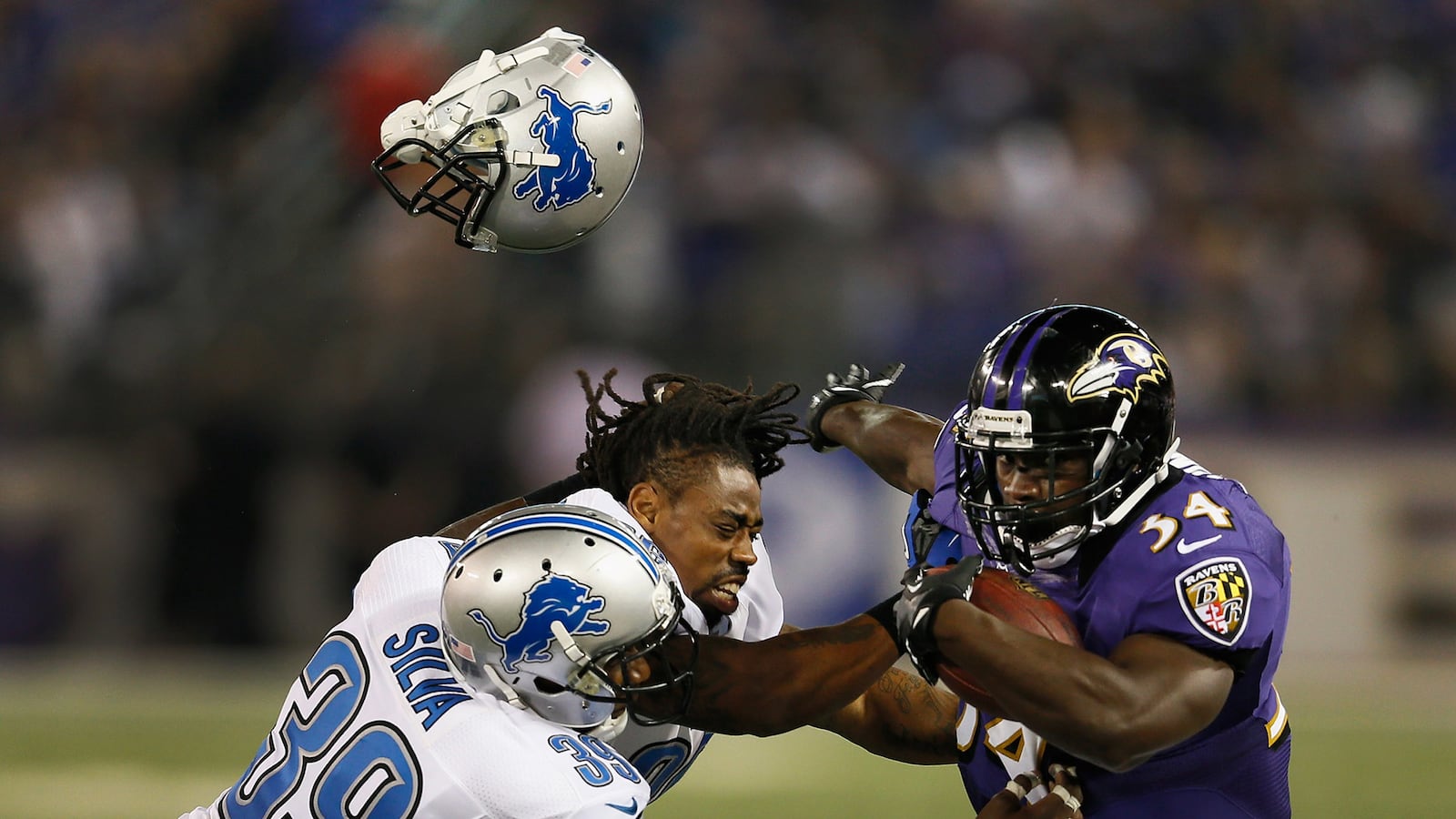Stanford’s football team, the Cardinal, has achieved remarkable success in the last few years. The team’s multiple Bowl Championship Series (BCS) wins and appearances are no doubt thanks to the efforts of the coaching, training, and academic staff.

But there are others on Stanford’s campus that are also hard at work to ensure the health and success of football players.
Dr. David Camarillo and his team are working to make sure these athletes remain healthy and successful even after their time on the gridiron is complete. Their work, designing an improved mouthpiece outfitted with multiple accelerometers, stands to impact the well-being of football players of all ages and levels, other contact sport athletes, and members of the armed forces.
Camarillo’s team initially found that players’ heads frequently experienced accelerations of 10 g-forces. Some hits resulted in 100 g—20 times higher than a Formula One car rounding a treacherous turn (5-6 g), and 33 times higher than the Space Shuttle during launch or re-entry (3 g).
Similar mouthpieces have been developed, but this device employs two features that make it superior. One is an infrared sensor that detects when the device is snuggly fit against a player’s teeth. This cuts down on the irrelevant information that other mouth guards pick up due to any acceleration that occurs when the mouth guard is not on an athlete’s teeth; previous mouth guards potentially registered a quarterback coming to the sidelines and throwing the mouth guard into his bag as comparable to the same player taking a huge blindside sack. Additionally, Camarillo’s team devised an algorithm that filters out non-impact events with 99 percent accuracy.
Precise measurement of the forces on the head after a tackle is critical. Past research hints at a correlation between extent of brain injury following impact and the biomechanical forces at play. The basic idea is that one, different parts of the brain are more susceptible to rapid accelerative forces than others; and two, certain types of forces, differing in magnitude and direction, are particularly injurious to certain brain structures. This improved mouth guard could help determine which forces are most dangerous and which players require immediate medical attention following a tackle.
This device joins a number of other concussion-related technologies that aim to advance detection of and prevent head injuries. These include safer helmets, force-detecting helmet patches, concussion-detecting smartphone apps, and novel eye-tracking devices. Further research is needed to determine the ideal devices and strategies for preventing and detecting concussions.
Riddell, a leading helmet manufacturer, is debuting a helmet called the SpeedFlex. The structure of this helmet, particularly a modified facemask and unique helmet interior materials, reportedly better diffuses the forces absorbed by the player and comes equipped with sensors, a microprocessor, and software that collects on-field information and relays the data to the appropriate personnel on the sideline.
The bottom line remains that all of this technology needs to be proven to help. And while detection is part of the battle, prevention is by far more important. Maybe these new innovative devices will help titrate the football rulebook to help keep our athletes healthy and safe.






